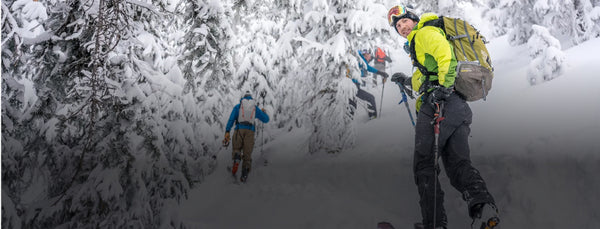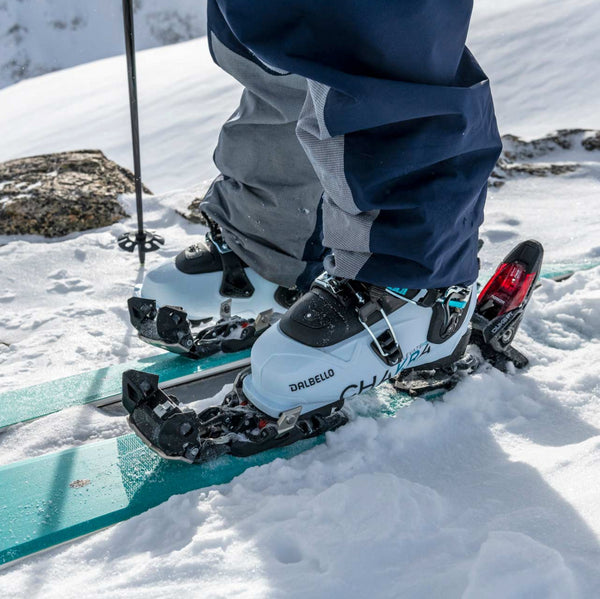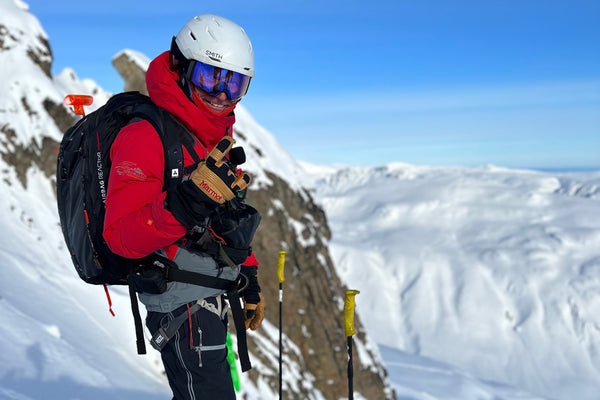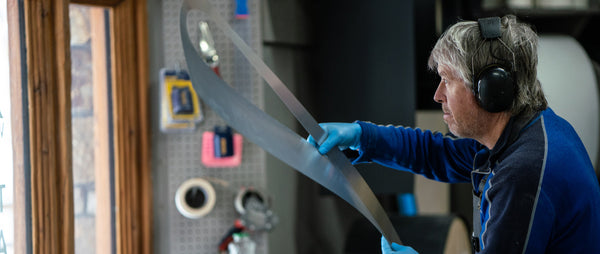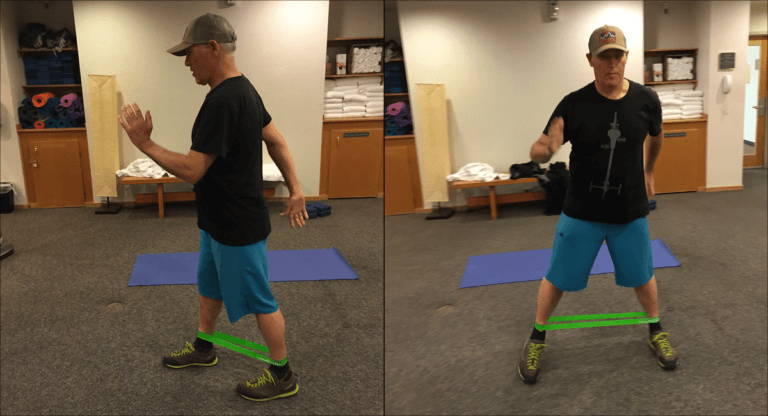I once heard a celebrated ski racer of the 1980’s say to some admiring fans, “Yes, I stretch every morning.” He then mimicked a big yawn and stretched his arms up over his head.
The onlookers laughed nervously, and all wondered to themselves if he was being serious or not. Although the skier’s comments were most likely tongue and cheek, it should make us reflect on our own commitment to warming up before we hit the slopes. How many of us can truly say that we stretch before a ski day? If you do, then ask yourself if the stretching you’re doing meets the requirements of the physical demands of the sport? Or, are you like the yawning Olympic athlete, just going through the motions?
The current thinking on ski specific stretching has veered away from yogic type stretches to movement preparation that warms the muscles by directing blood to the joints and connective tissues. Dynamic stretching, as in movement preparation, has replaced static stretching. Studies have shown that the long slow stretch alone does not prepare you for a ballistic sport like skiing.
Ski specific stretching is more about neuro-muscular stimulation as it relates to movements in skiing. Warming the muscles and joints and awakening your ski specific movement patterns before stepping on snow is a move in the right direction. No one wants to stretch on impact, blowing an expensive ski holiday on the first day. Here are a few pre-ski movements that can get you ready to get the most of your ski day and insure body alertness with resiliency as well as durability. Need stretches for the end of your ski day too, we’ve got you covered with après ski stretches here.
Dynamic Movement Prep Routine
1. Single leg bridge for glutes: 2 sets (1 on each leg) of 6-8 reps
This exercise warms up your glutes, hamstrings and lower back. It also builds stability in the core. To perform this exercise, start with your back on the floor and your knees bent at a 90-degree angle. Engage your glutes and project your pelvis toward the ceiling, keeping your heels and shoulders planted on the ground. Next, extend one leg to form a straight line from your shoulders to your ankle. Shift your weight to the leg that is planted on the floor. Lower slowly to the floor and repeat on the opposite side.


